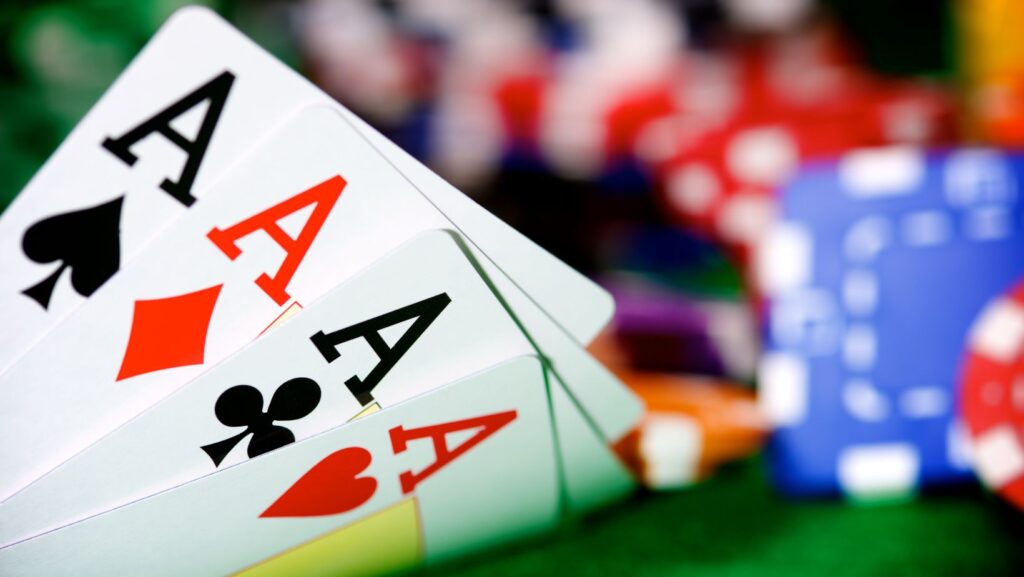Automatic card shufflers don’t get much love, which is kind of funny, they’re doing a lot of quiet heavy lifting. Not perfect, of course, but they’re built for speed and to keep games moving without the awkward pause while someone riffles eight decks by hand. When they’re humming, downtime shrinks, dealers breathe easier, and the whole table feels, smoother. You could call the high-end ones casino-grade, though that sounds a bit salesy; still, the engineering is genuinely tight.
The Rise of Casino Card Shufflers
Before these boxes showed up, everything lived and died by a dealer’s hands. Now? Large rooms might run up to 8-deck shoes back-to-back, and waiting around isn’t really an option. Industry folks claim the best machines can mix multiple decks in seconds, seems plausible, and it does line up with what you see on a busy night. That kind of time saved adds up. Less fiddling, more playing. And yes, dealers still cut and check, but the heavy lifting’s off their plate, which changes the rhythm of the game in a good way.
Speed, Sensors, and a Little Software Nerve
If you crack one open, don’t, they’re a mash-up of mechanics, electronics, and code. Feed rollers, guides, optical sensors, sometimes RFID, a small brain poking at every card that passes. The aim is straightforward: shuffle fast, detect weirdness (misdeals, extra cards, wrong backs), and avoid bias. True randomness is tricky; what you get is controlled unpredictability that, by most measures, holds up. Some units will churn through 4–8 decks in what feels like a blink. Not magic. Just careful tolerances, good motors, and software that’s seen a lot of edge cases.
Fair Play, by Design

Randomness isn’t just a buzzword here, it’s the trust layer. Patented mechanisms, sequencing logic, and verification passes try to prevent patterns from creeping in. Do they always nail it? Probably not 100% of the time, but they’re built to meet (and often overshoot) compliance checks and surveillance standards. A small caveat: maintenance matters. Dust, warped cards, a nicked roller, tiny issues can nudge outcomes if you’re not paying attention. The better outfits log errors, flag anomalies, and give the pit a heads-up before problems turn into headaches.
So Why Call Them Engineering Marvels?
Because they self-check, self-correct, and just keep going, hour after hour in a chaotic, coffee-fueled environment where nothing sits still. Onboard controllers track performance, some units run diagnostics on boot, and the whole thing is designed to disappear into the background. That’s the trick. Tomorrow’s models may lean harder into networking, real-time analytics, maybe even smarter card authentication. Or not. But today’s machines already balance speed, fairness, and durability in a way that, frankly, feels a little underrated.
Bottom line? The fastest shufflers keep modern tables from grinding to a halt and probably make games fairer, or at least more consistent, than the old-school riffle-and-cut. They’re not glamorous, but they’re the plumbing of the floor. And once you notice how much they do, you can’t really unsee it.




